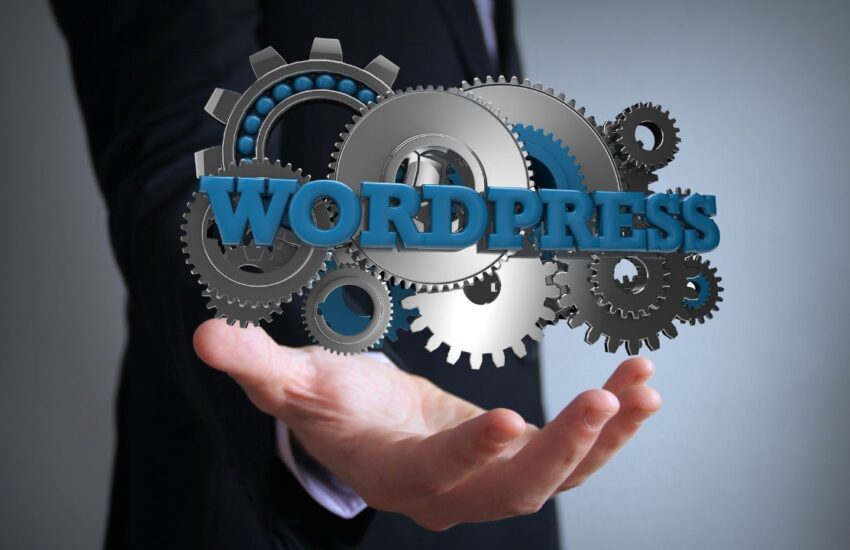A Step-by-Step Guide to Facebook Advertising in 2024
A Step-by-Step Guide to Facebook Advertising in 2024
Facebook advertising is a powerful tool for businesses looking to expand their reach and grow their customer base. With over 2 million daily active users, Facebook offers an unparalleled opportunity to connect with a diverse audience. Here’s how you can harness the power of Facebook advertising in 2024.
What Is Facebook Advertising?
Facebook advertising involves businesses paying to promote their products or services to Facebook users. These ads can be targeted based on user information such as interests, gender, and location, making it easier to reach potential customers.
Why Advertise on Facebook?
Facebook’s massive user base and extensive targeting options make it an ideal platform for advertising. With stable growth over the years, Facebook remains a reliable investment for businesses. You can advertise through various channels like Marketplace, Messenger, and the Facebook homepage, ensuring your ads reach the right audience.
How Much Does Facebook Advertising Cost?
The cost of Facebook advertising depends on several factors including your social media goals, budget, campaign objectives, ad placement, duration, and seasonality. On average, the cost per click (CPC) is around $0.55, but it varies by industry. For example, IT and software companies have a higher CPC at $0.85, while food products have a lower CPC around $0.18.
Types of Facebook Ads
Facebook offers several ad formats to choose from:
– Image Ads: Simple and effective, these ads use a single photo with ad copy and a call to action (CTA).
– Video Ads: Engage your audience with video content that tells a story or showcases a product.
– Carousel Ads: Share up to 10 images or videos in a single ad, each with its own headline and link.
– Collection Ads: Feature a main image or video with several smaller images, perfect for ecommerce.
– Instant Experience Ads: Full-screen ads optimized for mobile, ideal for immersive storytelling.
– Poll Ads: Engage your audience with interactive polls.
– Slideshow Ads: Use a sequence of images or a video to tell a story.
– Stories Ads: Vertical, full-screen ads that appear in Facebook’s Story feed.
– Lead Ads: Collect information from users with forms integrated into the ad.
– Messenger Ads: Appear in the Messenger app and open a detailed view when tapped.
How to Advertise on Facebook
Step 1: Create a Facebook Business Page
Start by creating a Facebook Business Page if you don’t already have one. This is where you’ll manage your ads and track their performance.
Step 2: Navigate to Ads Manager
Go to the Ads Manager in Meta Business Manager. This is where you’ll create, manage, and monitor your Facebook advertising campaigns.
Step 3: Choose a Campaign Objective
Select an objective that aligns with your social media goals. Objectives include awareness, traffic, engagement, leads, app promotion, and sales. For example, if your goal is to increase traffic to your website, select the traffic objective.
Step 4: Create Your Ad Campaign
Name your campaign and specify details such as whether it falls under special categories (e.g., finance, politics). Set up an A/B test if needed to compare different versions of your ad.
Step 5: Set Your Ad Budget and Schedule
Decide between a daily or lifetime budget. A daily budget caps your spending each day, while a lifetime budget spreads your total spend over the campaign duration. Set your budget and schedule your ad’s run time.
Step 6: Customize Your Target Audience
Define your target audience by location, age, gender, and interests. Use tools like Semrush’s Audience Intelligence to gather insights on your audience’s demographics, interests, and behaviors.
Step 7: Design and Finalize Your Ad
Create your ad by adding media (images or videos) and writing engaging ad copy. Use the primary text, headline, and description fields to capture attention and convey your message. Set a destination for your audience, such as a website or phone number.
Step 8: Measure the Results
Once your ad is running, use Ads Manager to monitor its performance. Key metrics include reach, impressions, and engagement. Regularly check your ad’s performance and make adjustments as needed to optimize results.
Best Practices for Facebook Advertising
– Targeting: Use Facebook’s robust targeting options to reach the most relevant audience.
– Ad Creative: Invest in high-quality images and videos to capture attention.
– Testing: Continuously test different ad formats and strategies to find what works best.
– Budget Management: Start with a small budget and scale up based on performance.
– Engagement: Encourage interaction with your ads to boost their performance.
Facebook advertising is a versatile and cost-effective way to grow your business. By following these steps and best practices, you can create successful ad campaigns that drive results and expand your reach. Start leveraging Facebook advertising today to take your business to the next level.


